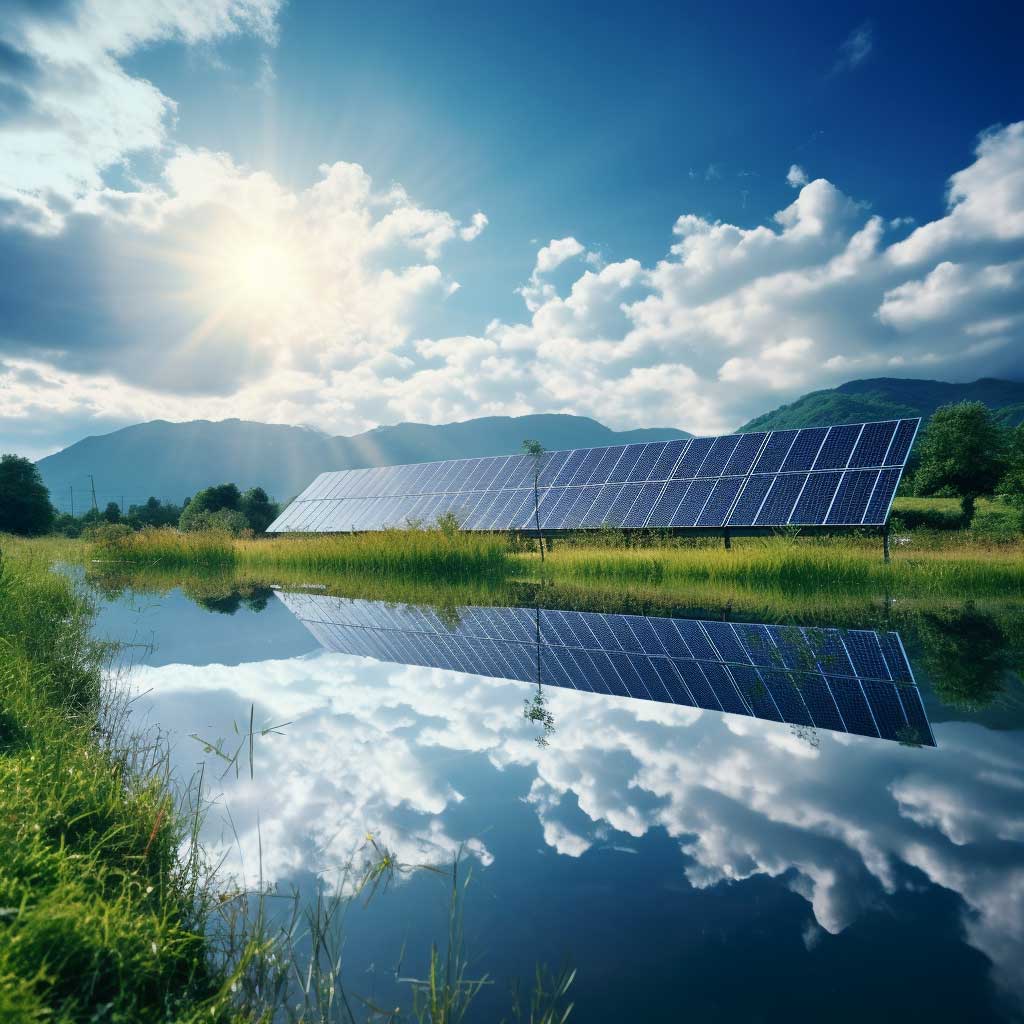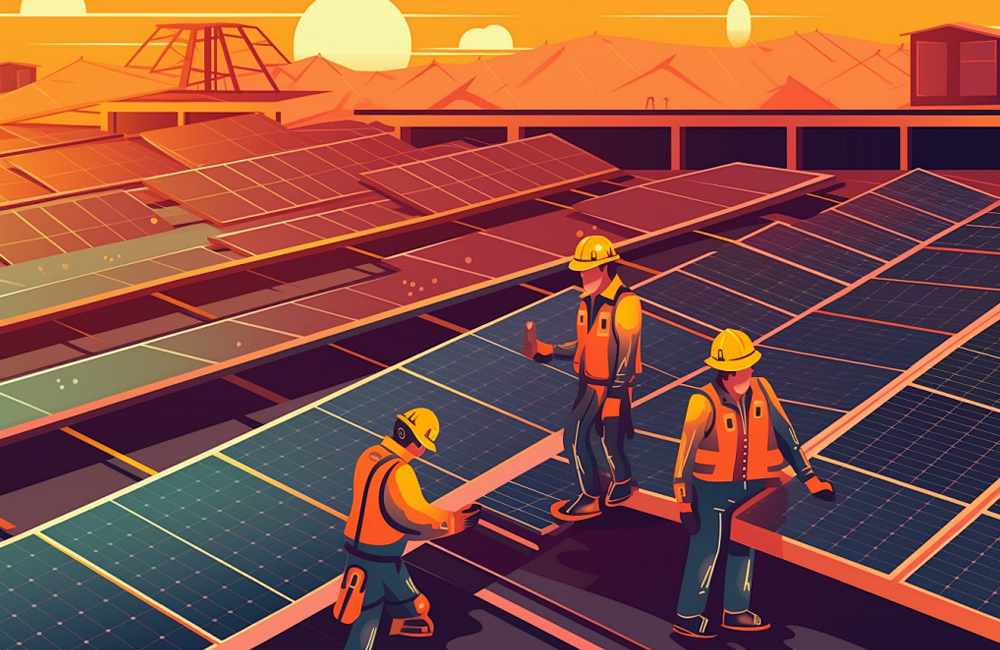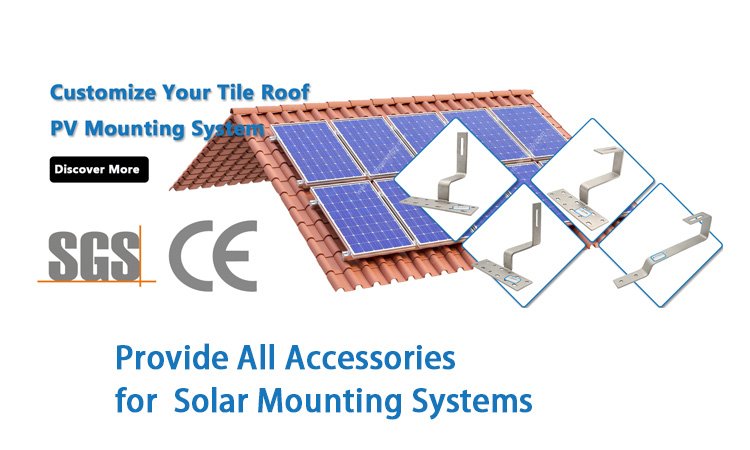Maximize Your Solar Power System Efficiency with Our Premium Solar Tracking Brackets
Are you looking to enhance the performance of your solar power generation system? Look no further! As a trusted one-stop solar mounting system supplier, we offer high-quality solar tracking brackets designed to optimize the efficiency and energy output of your solar panels.
Why Solar Tracking Brackets Matter
Solar tracking brackets are a critical component of any advanced solar power system. They enable solar panels to automatically adjust their position throughout the day, tracking the sun's movement to ensure the optimal angle for sunlight absorption. This dynamic adjustment maximizes energy capture, significantly boosting electricity production and overall system efficiency.
The Benefits of Our Solar Tracking Brackets
At our company, we prioritize innovation and quality to help you unlock the full potential of your solar energy system. Our solar tracking brackets are engineered to deliver:
-
Enhanced Energy Production: By ensuring your panels are always positioned at the ideal angle, our brackets maximize sunlight exposure, leading to higher energy yields.
-
Durability and Reliability: Built to withstand harsh weather conditions, our brackets are made from high-strength, corrosion-resistant materials, ensuring long-term performance and minimal maintenance.
-
Sustainability and Cost Savings: Increased energy production means greater energy independence, lower electricity bills, and a reduced carbon footprint.
-
Eligibility for Incentives: Higher energy output may qualify you for government incentives, rebates, or other financial benefits offered by energy providers.
A Smart Investment for Your Solar System
Investing in high-quality solar tracking brackets is a strategic decision that delivers a strong return on investment. Not only do they optimize energy production, but they also enhance the overall value of your solar power system. With our state-of-the-art brackets, you can expect exceptional performance, reliability, and durability for years to come.

Why Choose Us?
When you partner with us, you gain access to:
-
Expert Guidance: Our team of specialists will work closely with you to design and implement the perfect solution tailored to your specific needs.
-
End-to-End Support: From initial consultation to installation, we provide comprehensive support at every step to ensure your system performs at its best.
-
Top-Quality Products: We are committed to delivering only the highest standard of solar tracking brackets, backed by rigorous testing and proven performance.
Take the Next Step Toward Energy Efficiency
Solar tracking brackets are essential for maximizing the efficiency and energy output of your solar power system. By choosing our one-stop solar mounting solutions, you can trust that you’re investing in a sustainable, high-performance system that delivers real results.
Don’t wait—contact us today to learn more about our premium solar tracking brackets and take the first step toward optimizing your solar energy investment!

























